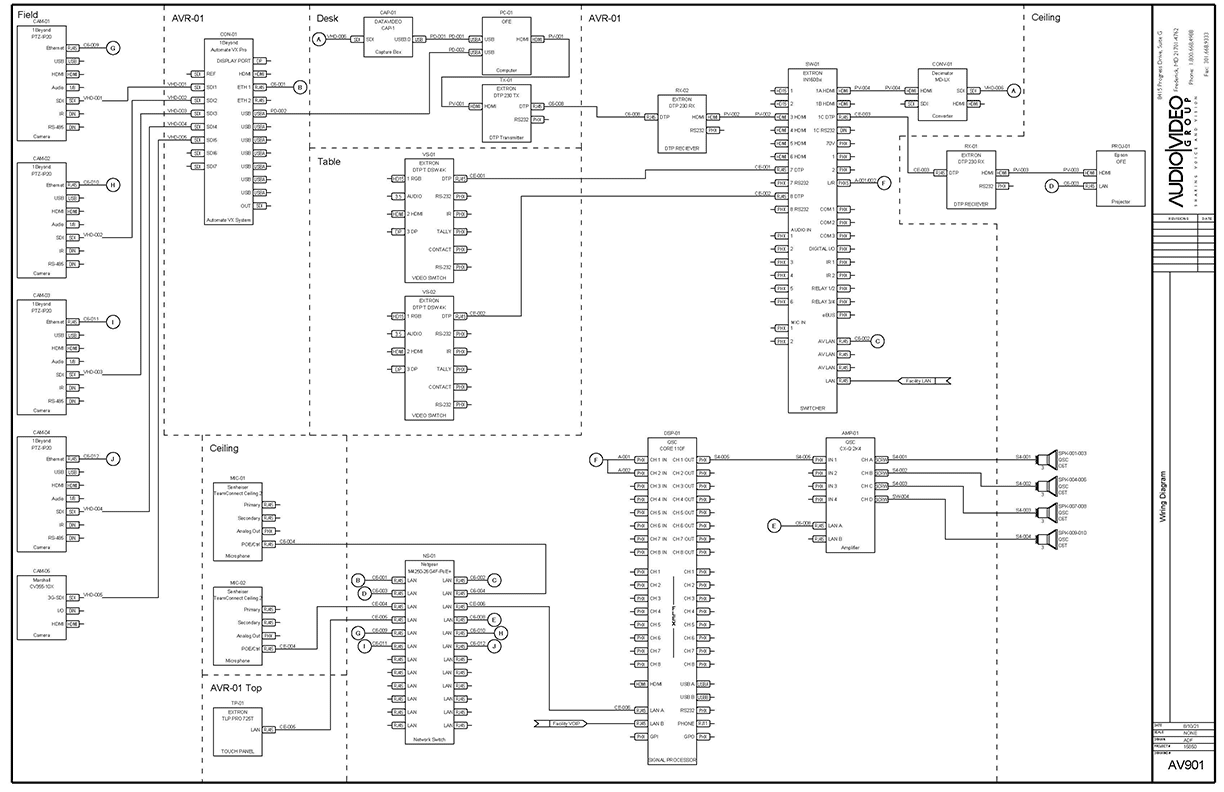Highlighting the Influence of Lighting Conditions on Movement Detection Precision and Reliability
Highlighting the Influence of Lighting Conditions on Movement Detection Precision and Reliability
Blog Article
Lighting conditions have a crucial role in how well we can detect movement. Movement detection is a critical component of various technologies, including security cameras, automated lighting systems, and also certain gaming applications. Comprehending the ways various lighting environments influence our ability to perceive movement can help improve the design and effectiveness of these systems. For instance, poor illumination can result in overlooked movements or incorrect alarms, while ideal illumination can boost the accuracy of movement detection systems.
In bright lighting environments, movement detection is typically more reliable. When there is sufficient light, sensors and cameras can obtain clearer pictures, which assists in recognizing dynamic objects. Well-lit environments allow for better contrast between the moving element and the background. This differentiation is essential for both human viewers and automated technologies, as it makes it simpler to differentiate between stationary and moving elements in a setting. Therefore, making sure that areas are adequately illuminated can significantly enhance the performance of movement detection systems.
On the other hand, low-light environments can pose difficulties for motion detection. In low-light environments, darkness can obscure dynamic objects, making cctv motion detection troubleshooting them hard to detect. Additionally, the human eye faces challenges to perceive motion in low light, which can lead to misunderstanding of the situation in the surroundings. Cameras might also encounter difficulties, as many do not function well in low light without the use of infrared capabilities or other improvements. These restrictions highlight the importance of sufficient lighting in environments this website where motion detection is essential.
Additionally, different types of lighting can have different impacts on movement detection. For instance, fluorescent lights can flash, which might confuse movement detection technologies that rely on steady light input. On the contrary, natural provides a consistent form of illumination that enhances visibility. Understanding these variations in lighting conditions can guide operators in selecting the most suitable illumination for specific applications, particularly in surveillance and surveillance situations.
In conclusion, the connection between illumination environments and movement detection accuracy is significant. By ensuring that environments are suitably lit, we can enhance the reliability of motion detection technologies. This knowledge not only supports tech uses but also enhances safety and security in various environments. As further developments are made in movement detection systems, taking into account lighting conditions will remain a vital factor in enhancing effectiveness and guaranteeing that these technologies work effectively in different environments.